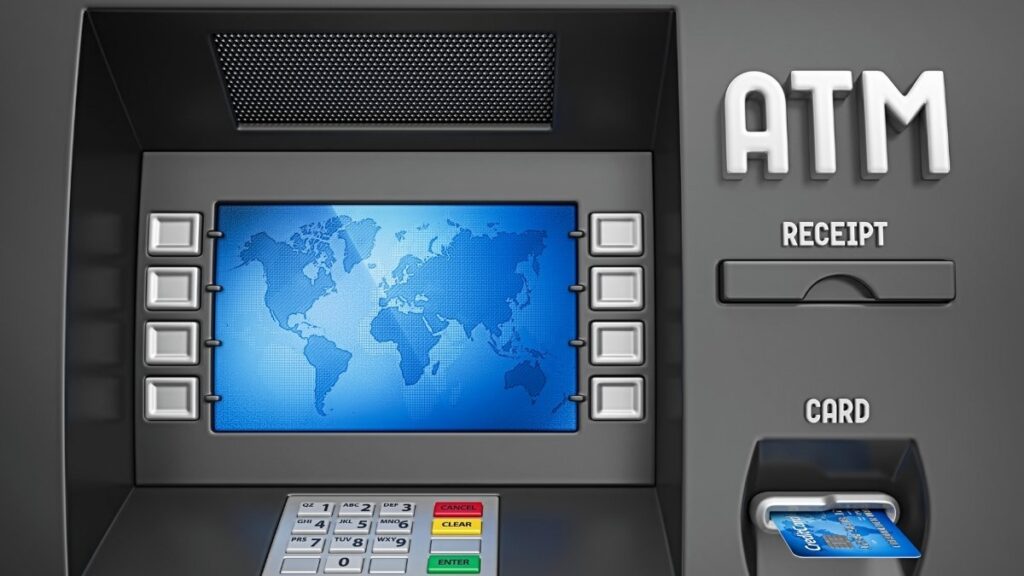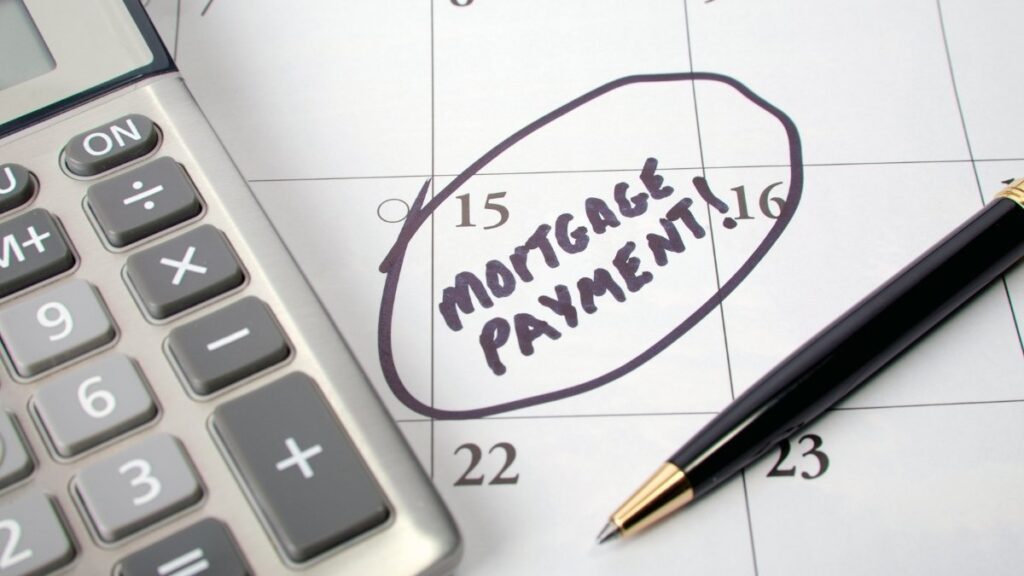
You earn a decent salary, stick to a budget, yet somehow $700+ vanishes from your paycheck every month—and you have no idea where it went.
Despite careful budgeting, the average American household loses $700-$1,200 monthly to “invisible” expenses that compound into major financial drains. These sneaky budget killers are systematically destroying your financial progress through hidden expenses and monthly money drains you never see coming.
In this comprehensive guide, you’ll discover the 7 biggest budget killers backed by current 2025 data, exactly how much each one costs, and specific actionable steps to permanently eliminate these destructive paycheck leaks forever.
The 7 Hidden Money Drains Stealing $1,200+ From Your Budget Every Month
You check your bank account and wonder where all your money went. Again.

You’re not alone. Most Americans lose over $1,200 every month to sneaky expenses they don’t even notice. These budget killers work quietly in the background, draining your wallet while you sleep.
Here’s the good news: Once you spot these money thieves, you can stop them. Let’s expose the 7 biggest budget killers and show you exactly how to fight back.
The $219 Subscription Trap: Why You’re Paying 2.5x More Than You Think
Quick question: How much do you spend on subscriptions each month?

If you guessed around $86, you’re way off. The real number? $219 per month. That’s more than 2.5 times what most people think they spend.
Here’s why this happens. Streaming services make it easy to sign up but hard to cancel. You add Netflix for $15. Then Disney+ for the kids at $8. Hulu for your shows at $18. Spotify for music at $11. Before you know it, you’re paying $69 just for streaming.
But it gets worse. Over half of people (54.9%) have subscriptions they don’t even use. These forgotten subscriptions cost an average of $10.57 each month. That’s $127 per year for absolutely nothing.
The subscription creep doesn’t stop at entertainment. You’ve got:
- Gym memberships you never use
- Cloud storage you forgot about
- Software trials that turned into monthly charges
- Meal delivery services gathering dust
- Beauty boxes you no longer want
How to Fix It:
- Do a subscription audit this week. Check your bank and credit card statements for the past 3 months.
- Use apps like Rocket Money to find hidden subscriptions automatically.
- Cancel what you don’t use. Be honest about what adds value to your life.
- Set calendar reminders before free trials end.
- Share family plans instead of buying individual subscriptions.
One audit session can save you hundreds per month. It takes 30 minutes and pays better than most jobs.
The $243 Food Waste Crisis: How Spoiled Groceries Sabotage Your Budget
Your refrigerator is eating your money.

The average family of four throws away $2,913 worth of food every year. That’s $243 every single month. Even if you live alone, you’re probably wasting $61 monthly on spoiled groceries.
Think that number sounds too high? America throws away nearly 60 million tons of food annually. The average person spends roughly $1,300 per year on food that ends up in the trash.
Why This Happens:
- You buy in bulk to “save money” but can’t finish everything
- No meal plan means random grocery shopping
- You don’t know how to store food properly
- Leftovers get forgotten in the back of the fridge
- You shop when hungry and overestimate what you’ll eat
How to Fix It:
- Plan your meals before shopping. Know exactly what you’ll cook this week.
- Shop with a list and stick to it. No exceptions.
- Buy only what you can eat before it spoils. Bulk buying isn’t always cheaper.
- Learn proper food storage. Herbs last longer in water. Bananas ripen slower when separated.
- Use leftovers creatively. Tonight’s roast chicken becomes tomorrow’s chicken salad.
- Shop your fridge first. Use what you have before buying more.
Start with meal planning. Spend 15 minutes on Sunday planning your week. This simple step can cut your food waste in half.
The $4.86 ATM Trap and $35 Overdraft Ambush: Banking Fee Bloodsuckers
Banks love when you don’t pay attention to fees. They make billions from customers who just accept these charges.

ATM fees just hit a record high of $4.86 per transaction. Use the wrong ATM twice a week? That’s $506 per year just to access your own money.
Overdraft fees hurt even more. They average $35 per incident, and some banks charge up to 3 times daily. One bad day can cost you $105.
Other Sneaky Bank Fees:
- Paper statements: $1-5 per month
- Foreign transaction fees: 3% of every purchase abroad
- Account maintenance fees: $10-15 monthly
- Wire transfer fees: $15-30 each time
- Cashier’s check fees: $5-10 per check
The Consumer Financial Protection Bureau expects new rules to save consumers $5 billion annually in overdraft fees. But you don’t have to wait for new rules.
How to Fix It:
- Find a fee-free bank. Online banks often charge nothing for basic services.
- Use only your bank’s ATMs or get cash back at stores.
- Set up overdraft protection that transfers from savings instead of charging fees.
- Go paperless to avoid statement fees.
- Keep a buffer in your checking account to avoid overdrafts.
- Use a credit card for foreign purchases instead of your debit card.
Switch to a fee-free bank and you could save $200+ per year immediately.
The $150+ Impulse Spending Spiral: Why Your Emotions Cost You Big
That “quick” trip to Target cost you $80. You only needed toothpaste.

Sound familiar? You’re dealing with impulse spending, and it’s expensive. The average person spends $282 per month on unplanned purchases. That’s $3,384 per year on stuff you didn’t even know you wanted an hour ago.
Here’s what makes it worse: 89% of people have a history of impulse buying. Over half have spent $100 or more on a single impulse purchase. Social media alone drives $754 in annual impulse buys through targeted ads and influencer posts.
Why This Happens:
- Stores design layouts to encourage extra purchases
- Sales pressure makes you feel rushed to decide
- Emotions like stress, boredom, or excitement trigger spending
- Social media shows you things you “need”
- Buy-now-pay-later options make big purchases feel smaller
Single people spend 45% more on impulse purchases than married couples. Having someone else involved in money decisions helps create accountability.
How to Fix It:
- Use the 24-hour rule. Wait a full day before buying anything over $50.
- Shop with cash only for discretionary purchases. It makes spending feel more real.
- Track your emotions when you want to buy something. Are you actually shopping or just feeling stressed?
- Unsubscribe from store emails and unfollow brands on social media.
- Make a list and stick to it. Don’t browse “just to see what’s new.”
- Calculate the work hours. If something costs $100 and you make $20/hour, ask if it’s worth 5 hours of work.
Start with the 24-hour rule. Most impulse purchases lose their appeal when you sleep on them.
The $400 Energy Waste: How Your Home Bleeds Money While You Sleep
Your house is wasting money 24/7, even when you’re asleep.

The Department of Energy estimates the average American wastes $400 annually on energy inefficiencies. That’s $33 every month for absolutely nothing. Over 60% of household energy consumption goes to waste through air leaks, drafts, and outdated systems.
Here’s a shocking fact: Electrical devices in standby mode use 75% of their total energy consumption. Your TV, computer, coffee maker, and phone charger keep burning electricity even when turned “off.”
Biggest Energy Wasters:
- Old heating and cooling systems working overtime
- Air leaks around windows and doors
- Electronics in standby mode
- Incandescent light bulbs
- Poor insulation
- Inefficient appliances
- Water heater set too hot
How to Fix It:
- Get a free energy audit from your utility company. They’ll show you exactly where you’re wasting money.
- Seal air leaks with caulk and weatherstripping. This costs $20 but can save $100+ yearly.
- Install a programmable thermostat. Set it to automatically adjust when you’re away.
- Unplug devices when not in use, or use power strips you can switch off.
- Replace old light bulbs with LEDs. They use 75% less energy and last 25 times longer.
- Lower your water heater to 120°F. Most are set higher than necessary.
- Upgrade old appliances when they break. New ones use significantly less energy.
Start with the free energy audit. Knowing where you waste energy is the first step to saving money.
The $1,783 Homeownership Hidden Costs: Beyond Your Mortgage Payment
Your mortgage payment is just the beginning.

Hidden homeownership costs average $21,400 annually. That’s $1,783 every month on top of your mortgage payment. Nearly half of homeowners (42%) regret underestimating these expenses when they bought their house.
Hidden Costs Include:
- Property taxes (varies widely by location)
- Homeowner’s insurance
- PMI (if you put down less than 20%)
- Utilities (electric, gas, water, sewer, trash)
- Regular maintenance and repairs
- HOA fees
- Lawn care and landscaping
- Appliance repairs and replacements
- Pest control
- Annual HVAC servicing
These costs vary dramatically by region. A $300,000 house in Texas might cost $15,000 annually to maintain, while the same house in California could cost $30,000.
How to Fix It:
- Budget 1-3% of your home’s value annually for maintenance and repairs.
- Shop around for insurance every year. Rates change frequently.
- Appeal your property tax assessment if your home’s value has dropped.
- Learn basic maintenance like changing air filters and caulking. YouTube is your friend.
- Build an emergency fund specifically for home repairs. Expect the unexpected.
- Consider energy efficiency upgrades that pay for themselves over time.
The key is planning for these costs upfront instead of being surprised by them later.
The Death by a Thousand Cuts: Small Fees That Add Up to Big Money
Small fees feel harmless. A dollar here, five dollars there. But they add up fast.

These tiny charges sneak into your budget from everywhere:
- Credit card annual fees ($50-500 yearly)
- Convenience fees for paying bills online ($2-5 each)
- App upgrade fees ($1-10 monthly)
- Insurance premium increases (5-15% annually)
- Service charges for everything from late payments to paper bills
- Platform fees for concert tickets, food delivery, and ride shares
- Processing fees for online purchases
How to Fix It:
- Audit your fees quarterly. Look for charges you don’t recognize or value.
- Negotiate with service providers. Many will waive fees if you ask nicely.
- Switch to fee-free alternatives when possible.
- Pay bills directly through your bank to avoid convenience fees.
- Use fee-free credit cards and pay them off monthly.
- Set up autopay to avoid late fees.
The goal isn’t to eliminate every fee, but to make sure you’re getting value for what you pay.
Take Back Control of Your Money
These 7 budget killers easily steal $700-1,200+ from your budget every month:

- Subscription trap: $219
- Food waste: $243
- Banking fees: $50+
- Impulse spending: $150+
- Energy waste: $33+
- Homeownership costs: $1,783 (if you own)
- Small fees: $50+
The good news? You can fight back starting today.
Your Action Plan:
- This week: Do a subscription audit and cancel what you don’t use
- Next week: Plan your meals and make a grocery list
- Week 3: Switch to a fee-free bank and set up overdraft protection
- Week 4: Try the 24-hour rule for all purchases over $50
Pick one budget killer each month and tackle it completely. Small changes compound into big savings. Within a year, you could have an extra $500-1,000 monthly to put toward your goals instead of waste.
Your money works hard for you. Make sure you’re not throwing it away on things that don’t matter.
Start with subscriptions tonight. Check your bank statement right now. You’ll be shocked at what you find.






